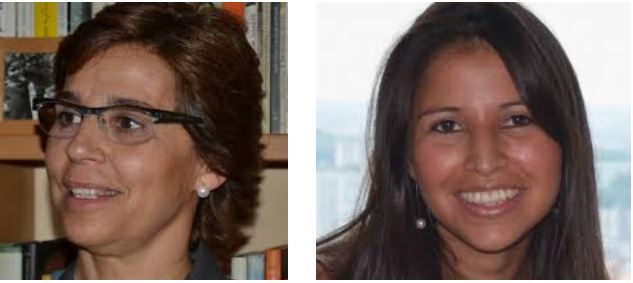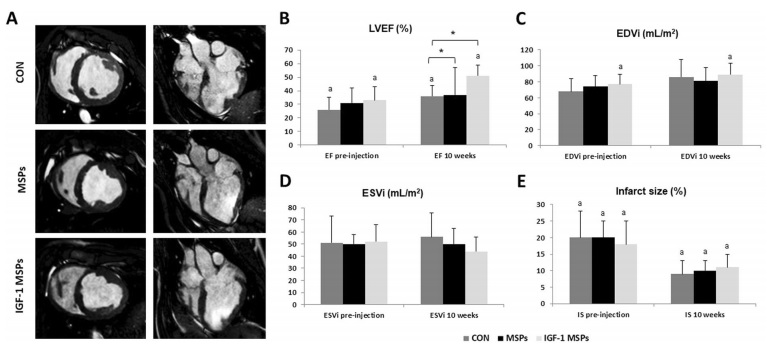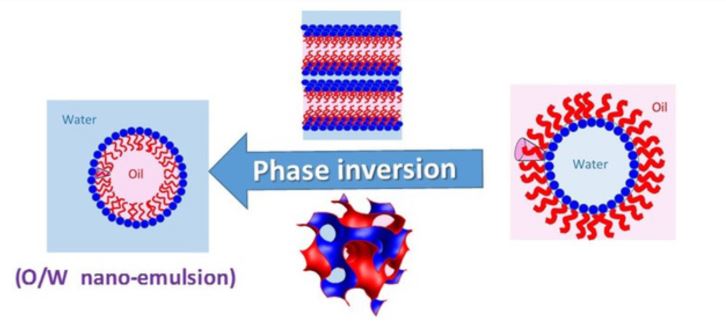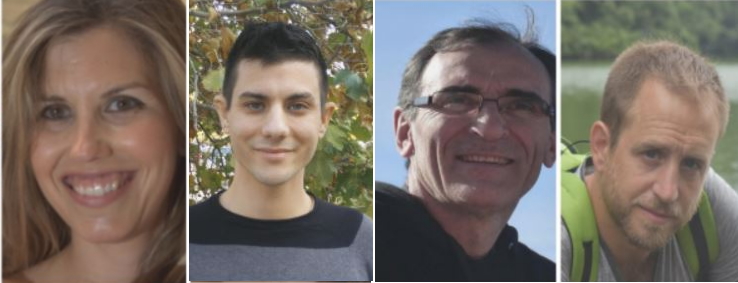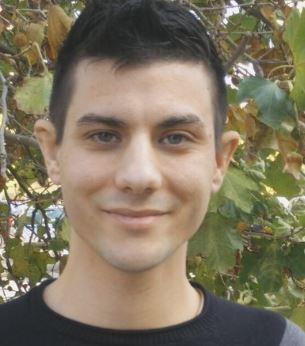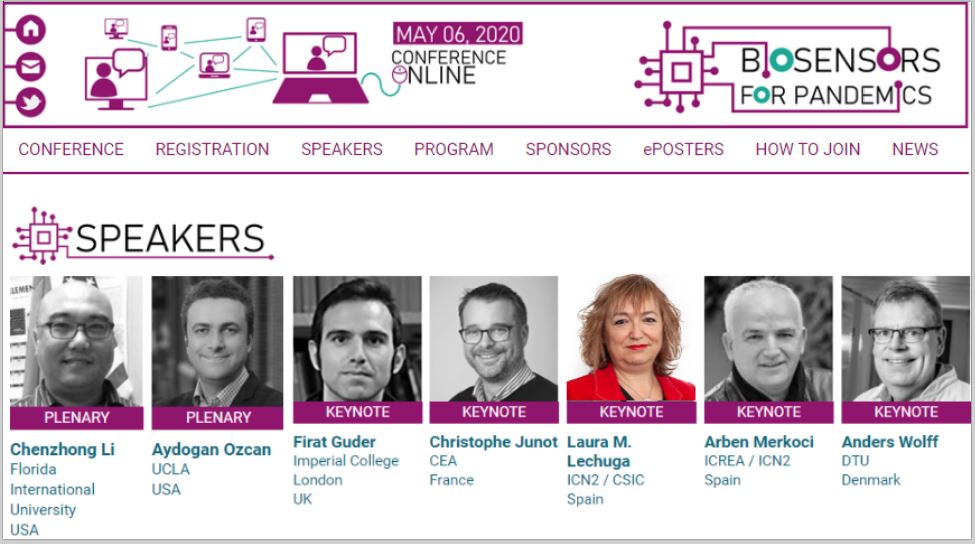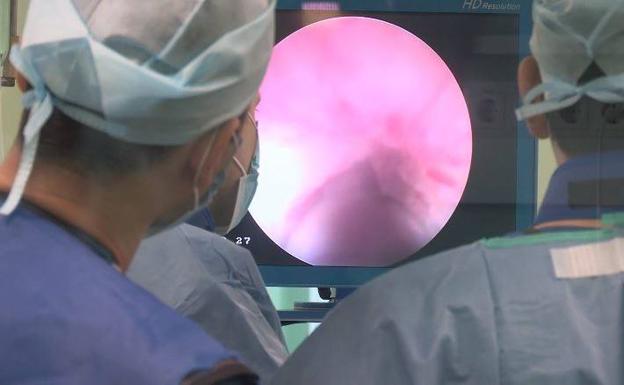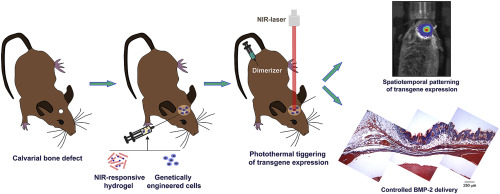Scientists from NANBIOSIS selected by Barcelona Activa “Preacceleration” Program
Nora Ventosa and Nathaly Segovia, (Scientific Director and Coordinator of NANBIOSIS U6 Biomaterial Processing and Nanostructuring Unit from CIBER-BBN and ICMAB_CSIC), have been selected as part of the NARTIC Project team for an incubation program by Barcelona Activa. NARTIC is a biotech project for the development of molecular therapy based on Quatsomes for diseases such as cancer.
The NARTIC project has recently been selected for the 6th edition of the Preacceleration Program, an incubation program developed by Barcelona Activa for starting ventures with a high technological impact.
The project team includes two researchers from the Molecular Nanoscience and Organic Materials (NANOMOL) group (from CIBER-BBN and ICMAB-CSIC): Nora Ventosa, as scientific advisor, and Nathaly Segovia, as scientific consultant for technology transfer. The rest of the team is formed by Ariadna Boloix, PhD fellow between the ICMAB and the Vall d’Hebron Research Institute (VHIR), as entrepreneur, Miquel Segura, researcher at VHIR, as scientific advisor, and Martí Archs, Innovation & Tech Transfer Project Manager at VHIR, as innovation and tech transfer consultant.
The project has already developed a laboratory scale proof of concept for their nanomedicine, which uses RNA molecules conjugated to Quatsomes to design a biocompatible lipidic nanoparticle that transports RNA molecules, like microRNAs or siRNAs, and releases them within cancerous cells to induce an anti-tumoral activity. This has been achieved through collaboration between the Recerca Translacional del Càncer Infantil i de l’Adolescència group at the Vall d’Hebron Research Institute (VHIR) and the NANOMOL team at ICMAB.
This program will allow to further define the business model for the project, as well as kickstart their access to the market, through workshops with experts in the field, covering topics like product discovery, lean start ups, and intelectual property, amongst others. They will also get access to the MediaTIC incubator and the possibility of a 5.000€ prize at the end of the process.
For further information: here
